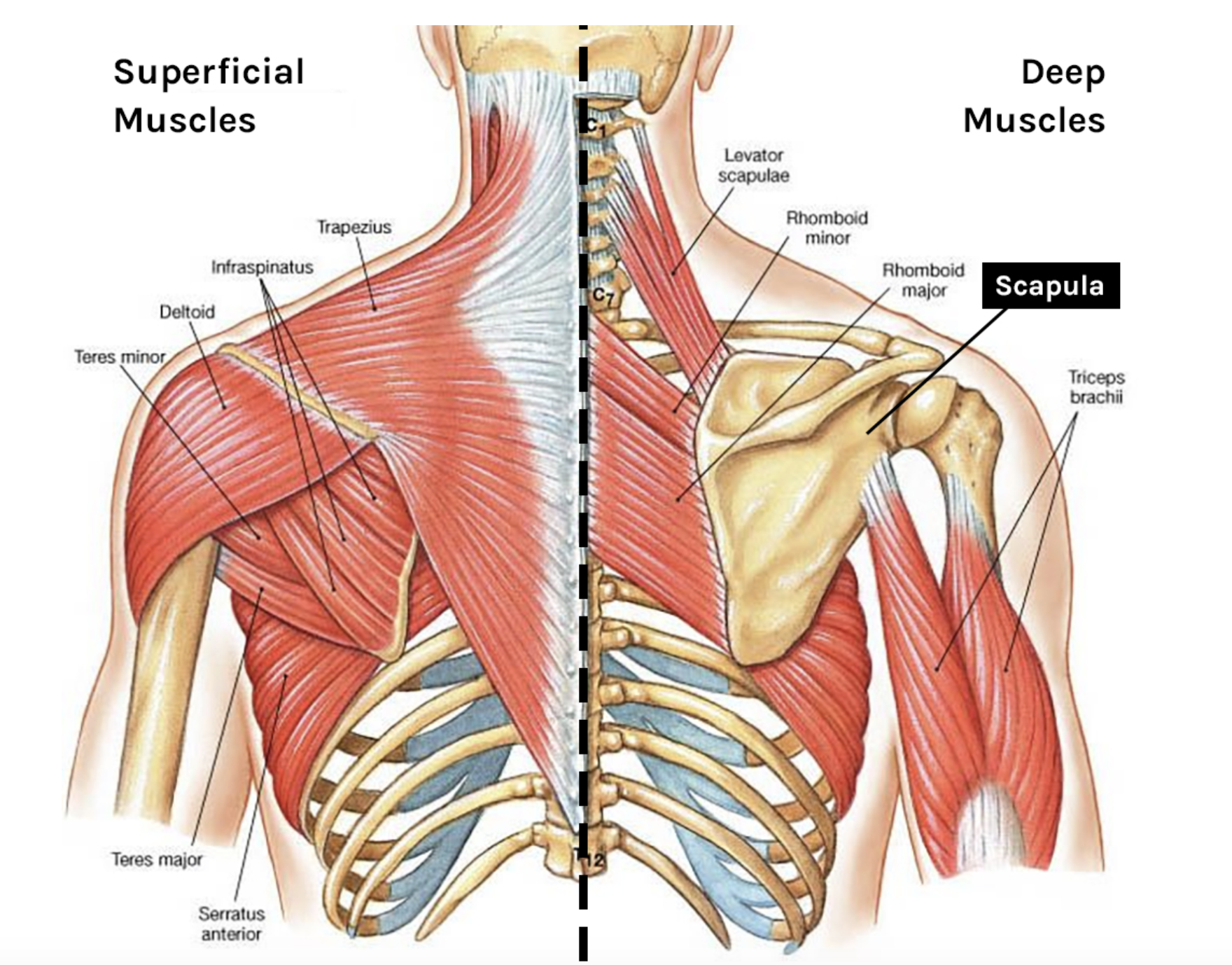Exercises to Stabilize and Strengthen Your Shoulder
The shoulder is a complex joint that allows for a significant amount of mobility and is stabilized by the surrounding shoulder musculature on and around the shoulder blade. Shoulder instability involves increased laxity of the shoulder joint in which the joint can “slip” in and out of the socket; pain may be felt in front of the shoulder or throughout the entire shoulder after repetitive activity. A physical therapist can address shoulder instability and increase shoulder strength and stability through an exercise program that targets the rotator cuff muscles, scapular muscles, and lower and upper back muscles.
What is Shoulder Instability?
The shoulder is a complex ball-and-socket joint that is stabilized by a core set of muscles on and around the shoulder blade. The shoulder blade (scapula) is a large, flat bone that sits on top of the rib cage and forms the scapulothoracic joint. The scapulothoracic joint relies on the coordination of 17 muscles that attach to the scapula to provide stability to the arm and shoulder. If there is weakness in any one of the muscles that attach to the shoulder blade, particularly the larger muscles (serratus anterior, latissimus dorsi, or trapezius), this can affect the way the scapula moves and how the shoulder joint functions.
Shoulder instability involves increased laxity of the shoulder joint in which the joint can “slip” in and out of the socket and is common in those that engage in repeated overhead movement, such as baseball players, swimmers, and certain work activities. While shoulder instability can result from a traumatic event like a dislocation, it often occurs due to small, unnoticed injuries caused by repetitive overuse and muscle weaknesses and imbalances.
Symptoms of shoulder instability include:
Pain and instability in the shoulder when pushing, pulling, or carrying heavy objects
Pain and shoulder laxity when performing an overhead activity or during or after exercise
Feeling that the shoulder is shifting or slipping in and out of the shoulder socket
Numbness or tingling sensation in the affected arm
Clicking or popping sensations with movement
Weakness in the shoulder when performing athletic movements or loss of performance ability in sports activities
Shoulder fatigue with repetitive activity
Physical Therapy Exercises to Stabilize and Strengthen Your Shoulder
It is essential to strengthen the scapular muscles and rotator cuff muscles to improve shoulder mechanics, muscular imbalances, and muscle control and increase the stability of the shoulder during movement. A physical therapist can increase shoulder strength and stability through an exercise program that targets the shoulder core of muscles: the rotator cuff muscles, scapular muscles, and lower and upper back muscles.
Stabilizing the shoulder is the most consistent way to protect the shoulder joint from injury and optimize strength and performance. A research study assessed the effectiveness of shoulder stability exercises in middle-aged female subjects with shoulder pain. The women in the exercise group showed greater improvements in range of motion, muscle strength, and grasping power after targeted exercises to strengthen the rotator cuff, trapezius muscles, and serratus anterior muscle. The serratus anterior muscle provides the shoulder blade the upward rotation needed for proper shoulder rotation, while the trapezius muscles help to bring the shoulder blade down and in toward the middle of the back to bring the shoulder blades together.
Mangiarelli Rehabilitation physical therapist, Sarah, demonstrates three exercises to improve your shoulder stability.
